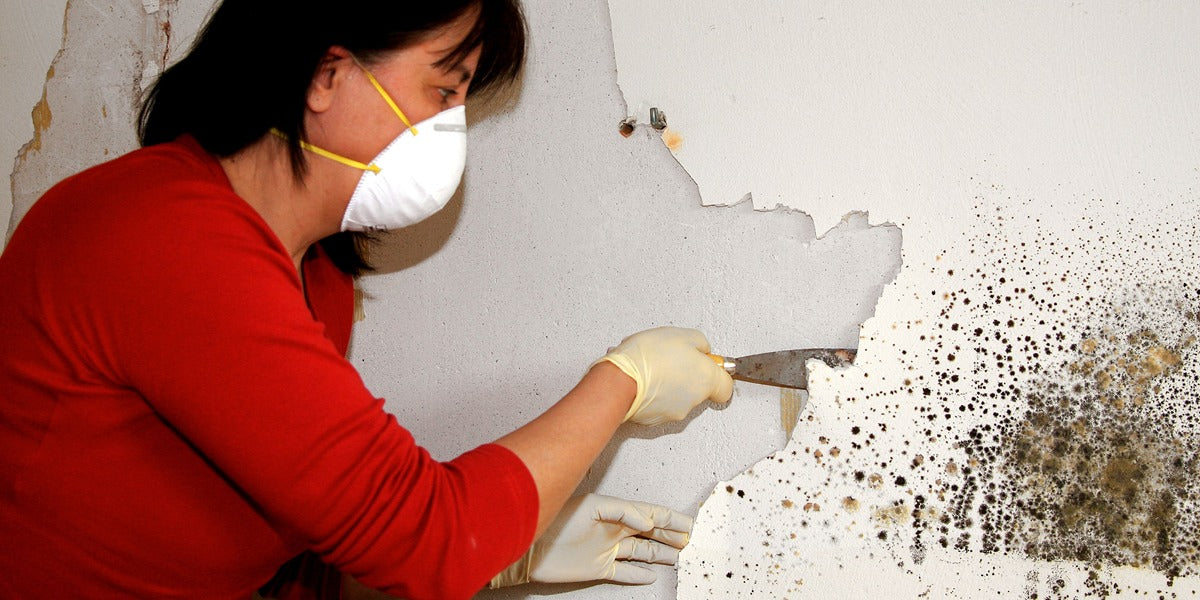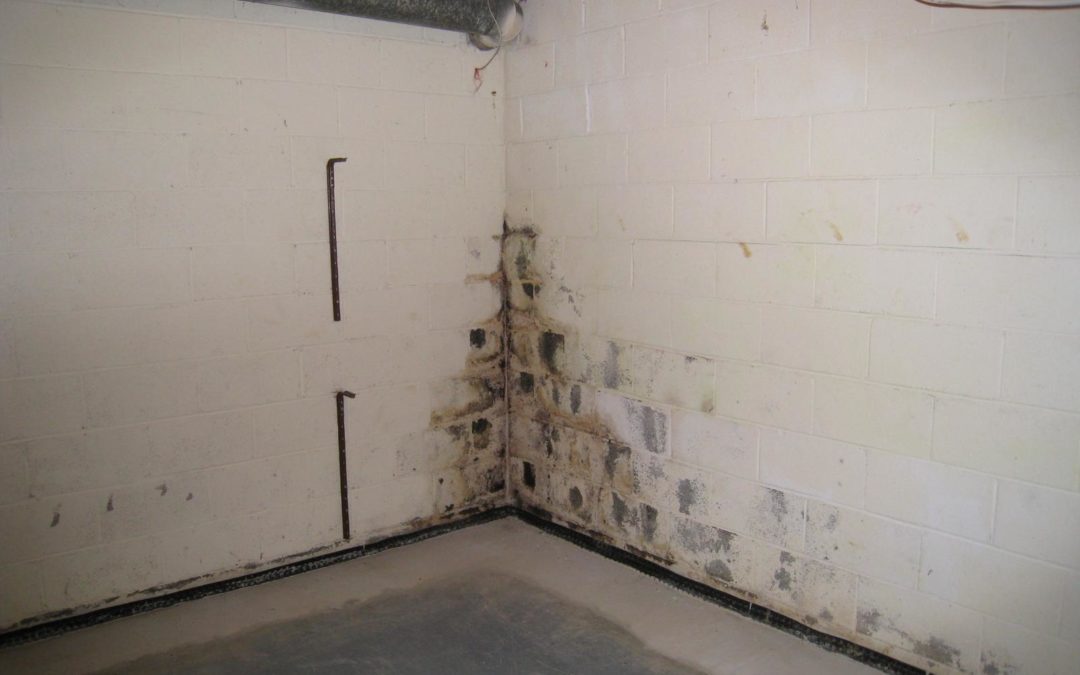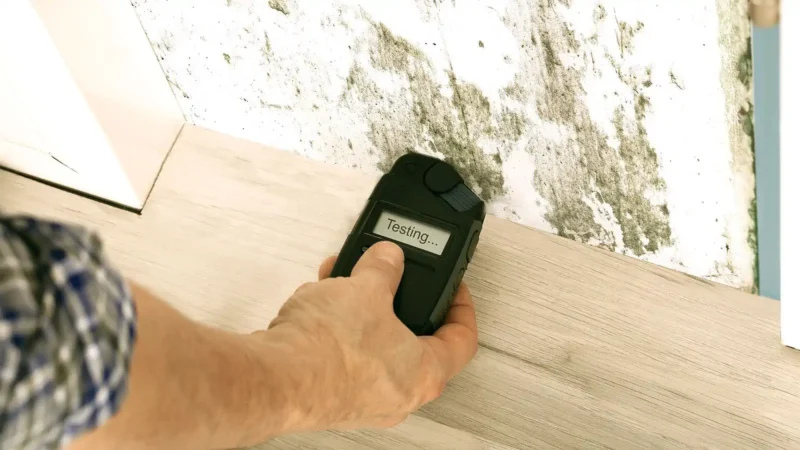Basements often serve as a catch-all for storage, an unfinished game room, or even a cozy retreat. However, these subterranean spaces can also become breeding grounds for mold—an unwelcome guest that thrives in the damp and dark.
Tackling this issue requires more than just a one-time cleaning; it necessitates a concerted effort to control humidity and moisture levels. By understanding the factors that contribute to mold growth and taking proactive steps to mitigate them, homeowners can reclaim their basements as safe, functional areas.
This guide will explore effective strategies to prevent mold from taking hold, transforming your basement into a clean, dry space that you can enjoy for years to come.
The Importance of Controlling Humidity Levels

Controlling humidity levels in your basement is not just a matter of comfort—it\’s a critical safeguard against mold proliferation. High humidity creates a perfect breeding ground for mold spores, which can thrive in the damp, dark corners of your home.
By maintaining humidity below 60%, you significantly reduce the risk of mold growth. This involves employing a combination of dehumidifiers, proper ventilation, and regular inspections.
Mold inspection Tampa services can help ensure early detection and offer tailored solutions to keep mold at bay. However, it\’s not merely enough to react; proactive measures, such as sealing leaks and insulating pipes, are equally essential in creating a fortress against moisture.
Remember, the key lies in staying one step ahead, ensuring your basement remains a dry, safe environment. Ignoring humidity control can lead to costly repairs and health concerns, making it imperative to treat this issue with the seriousness it deserves.
Assessing Your Basements Current Moisture Levels
To effectively prevent mold from infiltrating your basement, the first step is to assess the current moisture levels in this often overlooked area of your home. Begin by examining the walls and floors for any signs of dampness or water stains—these can be telltale indicators of excess moisture lurking beneath the surface.
Next, consider utilizing a hygrometer, a handy device that measures relative humidity, to get quantifiable readings; ideally, you want your basements humidity level to hover around 30-50%. Don’t settle for a casual glance; invest time in a thorough inspection, checking corners and crevices, where water can quietly accumulate.
Seasonal changes can also play a pivotal role, so make it a habit to conduct this assessment periodically. Taking these proactive measures will empower you to understand your basement’s specific moisture conditions and set the stage for an effective mold prevention strategy.
Effective Ventilation Strategies for Basements

Effective ventilation is a cornerstone in the battle against mold in basements, transforming a damp, stagnant space into a fresh and breathable environment. Start by assessing the current air circulation; consider installing exhaust fans or dehumidifiers to actively expel moist air and invite drier outdoor air.
Ensure that windows are operable and strategically placed to create cross-ventilation when weather permits. Additionally, integrating air exchange systems can continuously refresh indoor air without compromising energy efficiency.
Don’t forget the crucial role of regular maintenance: check for blockages in vents and ducts, and keep those air passages clear to promote unobstructed airflow. By weaving together these strategies, you can significantly diminish humidity levels, creating an inhospitable environment for mold to thrive while also enhancing the overall comfort of your basement space.
Conclusion

In conclusion, maintaining a mold-free basement requires a proactive approach to humidity and moisture control. By implementing effective strategies such as proper ventilation, regular inspections, and the use of dehumidifiers, homeowners can significantly reduce the risk of mold growth.
Additionally, if you suspect mold has already taken hold, seeking professional help is crucial. Services like mold inspection in Tampa can provide expert assessment and remediation to ensure your space remains healthy and safe.
By following these guidelines, you can create a dry, clean environment that not only enhances the structural integrity of your home but also promotes the well-being of its occupants.


